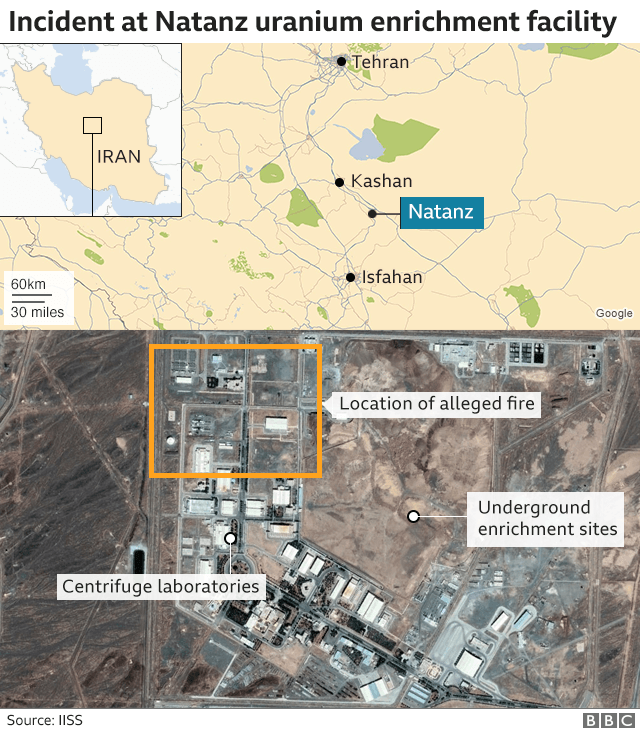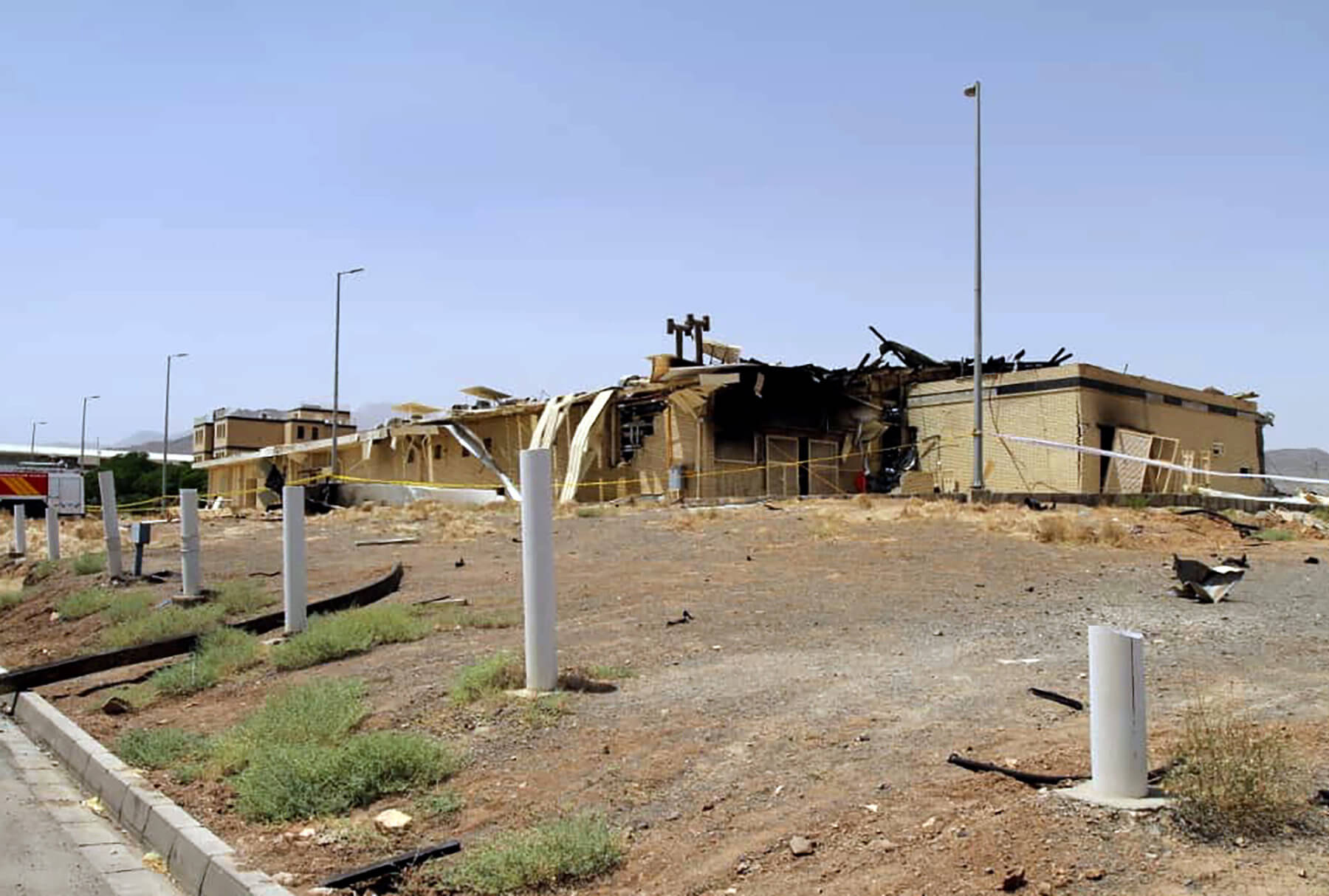A mysterious fire that broke out on Thursday at Iran’s Natanz nuclear enrichment facility has caused “significant damage” to the plant’s centrifuge machinery. According to Behrouz Kamalvandi, a spokesperson for Iran’s Atomic Energy Organization, the incident had caused enough damage to “slow down the development and production of advanced centrifuges in the medium term”. Initially, the Iranian government had denied that the attack had caused any damage to the facility. Kamalvandi also hinted that Tehran was planning to replace the affected building with a larger one, introducing more advanced equipment to replace that which has been destroyed.
While Iranian officials have “determined” the cause for the fire, they have not publicly divulged any details. However, a few officials have spoken to Reuters regarding suspicions of a cyberattack from Iran’s adversaries, the United States and Israel, stating that Tehran will not hesitate to retaliate against any state carrying out such attacks. On Sunday, Israel’s defence minister responded to the allegations by saying that the country was “not necessarily” behind every mysterious occurrence in Iran. 
The Natanz Fuel Enrichment Plant (FEP) is Iran’s primary uranium enrichment site, and has been constantly redeveloped since 2013. A large part of the facility is underground. While Tehran insists that the site exists for peaceful purposes, Western intelligence and the United Nations’ nuclear watchdog, the International Atomic Energy Agency (IAEA), believe that the facility was at the heart of a coordinated and clandestine nuclear armaments programme that was halted in 2003. Tehran has maintained that it has never sought nuclear weapons.
See also: Russia Commits Support to Iran as US Chases Indefinite UNSC Arms Embargo
Under the 2015 Joint Comprehensive Plan of Action (JCPOA) signed between Iran and the P5+1 along with the European Union (EU), Tehran had committed to limit its nuclear activities in lieu of a lift in economic sanctions and other assistance. But it abandoned those commitments when US President Donald Trump withdrew from the deal and reimposed crippling sanctions on the Islamic Republic, choking its main source of income—oil exports. According to the IAEA, while Iran currently has a stockpile of enriched uranium that is nearly eight times the agreed-upon limit, the enrichment level is far below the requirements for developing nuclear weapons.
The 2015 deal allowed Iran to enrich uranium at Natanz using 5,000 first-generation IR-1 centrifuges, but there have been reports that the country has installed cascades of new and updated centrifuges. In defiance of Western sanctions and criticism, Iran has refused to negotiate and has repeatedly avowed its commitment to continue building its Revolutionary Guard-run defensive missile capabilities.
Israel has supported the Trump administration’s “maximum pressure” campaign aimed at forcing Tehran to agree to a new deal that pushes stricter restrictions on its nuclear capabilities, curbing its ballistic missile programmes and ending its proxy wars in the region. Iran’s suspicions against Israel stem from a 2010 cyberattack on Natanz, which was caused by the Stuxnet computer virus that is widely believed to have been jointly developed by Israel and the US.
Image Source: The New York Times

